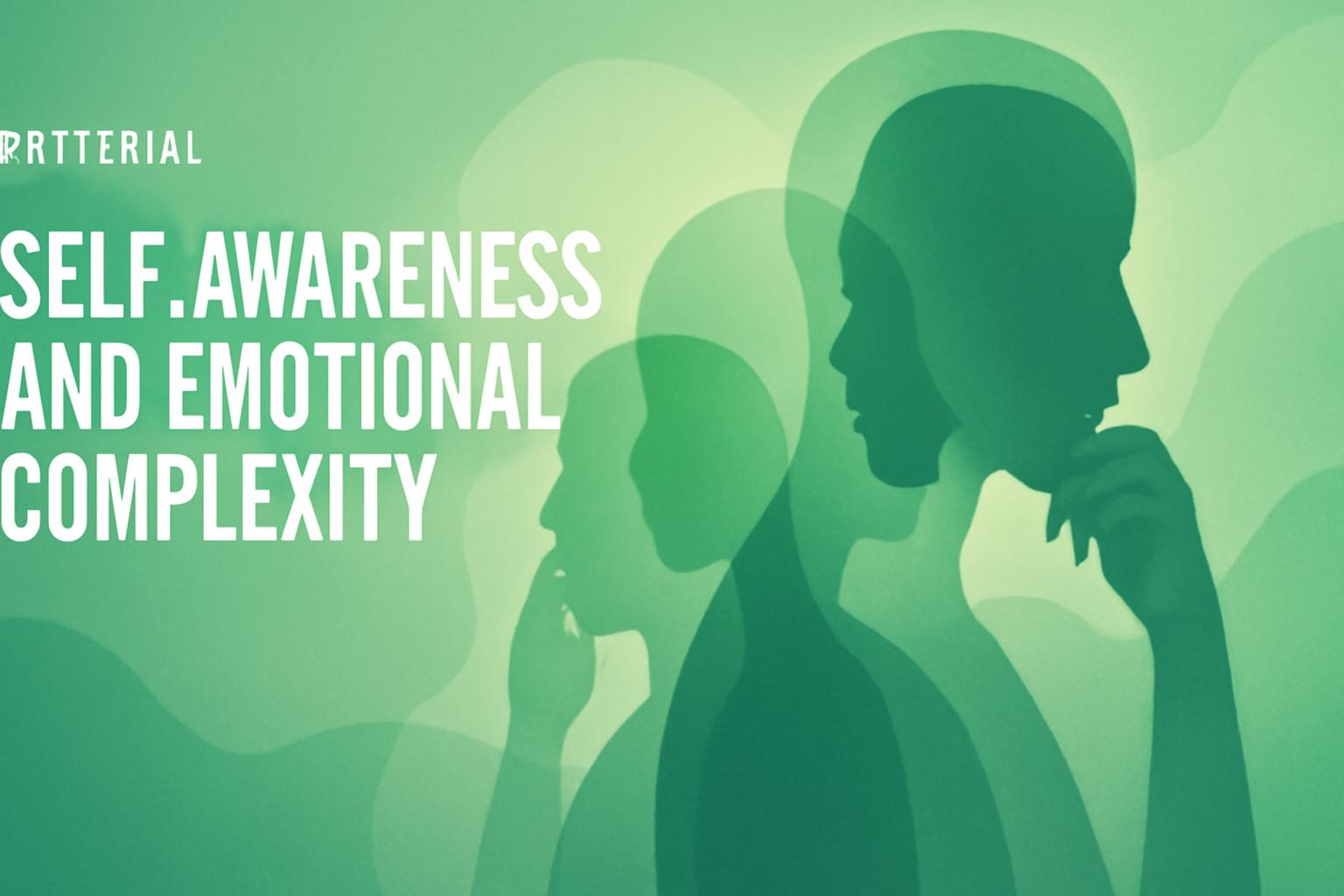What Is the Fawn Response?
You may be familiar with the classic “fight, flight, or freeze” survival responses, but there is a less recognized fourth mechanism known as the “fawn” response. This behavior involves moving toward a perceived threat in an effort to appease it, often manifesting as people-pleasing. Psychotherapists frequently encounter this response, which can lead to feelings of insecurity even when there is no objective threat.Origins of the Fawn Response
The underlying theme of the fawn response is the belief that safety depends on keeping others happy. Whether the threat is tangible—like a physical danger—or perceived—such as a disapproving boss—the nervous system can react similarly. This response often develops in childhood environments where emotional safety depended on anticipating and appeasing others’ moods, such as with highly critical or unpredictable caregivers. A typical example is the impulse to ask, “Are you mad at me?” in an effort to preempt conflict or rejection.Recognizing the Fawn Response
The fawn response itself is not inherently negative—it is an adaptive survival strategy. However, chronic reliance on this response can cause disconnection from one’s own needs and identity. Common behaviors include:- Overanalyzing social interactions
- Difficulty saying no and setting boundaries, often leading to resentment
- Fear of conflict or disagreement
- Adapting excessively to others’ expectations, becoming a “chameleon”
- Anticipating punishment or disapproval
- Attraction to emotionally unavailable or critical individuals
- Loss of sense of self due to silencing personal opinions
Strategies to Break the Fawn Cycle
Because the fawn response operates unconsciously, the first step toward change is cultivating awareness. Experts recommend the following practices:- Pause: Before reacting, especially to apologize or suppress needs, check in with yourself. Ask, “What do I need right now? What am I feeling?”
- Lean back: Resist the urge to immediately respond to others’ demands. For example, finish your current task before replying to a text that triggers urgency.
- Look inward: Practice expressing your preferences and needs in safe relationships. Instead of defaulting to “whatever you want,” take time to identify and communicate your true desires.
“Boundaries are a way to strengthen the relationships we really want in our lives.” — Meg Josephson, Licensed Psychotherapist
FinOracleAI — Market View
The fawn response underscores the complexity of human behavior and emotional regulation, highlighting a widespread but often unrecognized pattern in interpersonal dynamics. Awareness and targeted interventions can help individuals regain autonomy and improve mental health, which has broader implications for workplace productivity and social cohesion.- Opportunities: Increased demand for mental health services focusing on emotional awareness and boundary-setting skills.
- Risks: Persistent fawn behaviors can lead to burnout, reduced workplace effectiveness, and strained personal relationships.
- Potential for digital therapeutic tools to assist in identifying and mitigating fawn responses.
- Growing acceptance of psychotherapy and self-care practices in mainstream culture.













